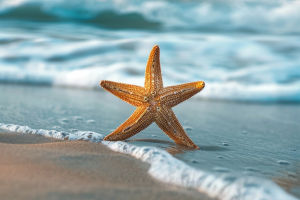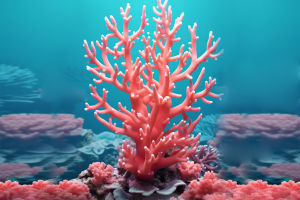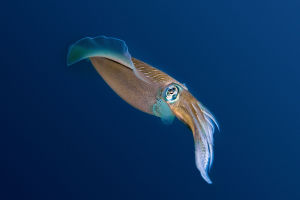Seals, known scientifically as Phocidae, are a fascinating family of mammals found in the oceans across both hemispheres. Despite their playful appearance, they are highly adapted to life in the water. Seals are recognized by their streamlined bodies, which are designed for efficient swimming.
Unlike sea lions, seals have flippers instead of limbs, making them less agile on land but incredibly proficient in the water. Their round heads and short necks, along with the absence of external ear flaps, are distinctive features that set them apart from other marine mammals.
Diver's Been Playing With Wild Seals For 20 Years | The Dodo Wild Hearts
video by The Dodo
Physical Characteristics
Seals come in a variety of sizes, from the 1.17-meter-long harbor seal weighing around 45 kilograms to the massive southern elephant seal, which can reach lengths of 5.8 meters and weigh up to 4,000 kilograms. The elephant seal is the largest member of the carnivorous order, surpassing all other land and marine carnivores. Seals' teeth are generally fewer than their land counterparts, and in some species, they lack molars entirely. Their specialized body shapes allow them to swim efficiently for long distances in search of food, while their rear flippers are adapted for powerful propulsion through the water.
Swimming and Movement
Seals are known for their graceful and energy-efficient movement in the water. Unlike sea lions, which rely on front flippers for propulsion, seals use their back flippers to move through the water, with the front flippers used primarily for steering. This adaptation allows them to cover vast distances in search of prey. On land, however, seals are much less agile, using their front flippers and abdominal muscles to drag their bodies forward.
Breathing and Diving Adaptations
Seals are incredible divers, with specialized respiratory and circulatory systems that allow them to stay underwater for extended periods. During a dive, they expel air from their lungs and redirect it into their upper airways, helping them avoid decompression sickness. Their middle ears also feature blood-filled sinuses that expand during dives to maintain consistent pressure. This ability to regulate their internal pressure and oxygen levels makes them capable of diving to great depths, where they search for food such as fish, squid, and other marine creatures.
Evolution of Seals
The earliest known seals date back to the late Miocene or early Pliocene, around 15 million years ago. Fossils of ancient seals have been discovered in regions like the North Atlantic, and these early creatures shared a common ancestor with otters and other carnivores. Over time, seals evolved to become highly specialized for aquatic life. Modern seals are classified into two groups: the "true seals" (Phocidae) and the "eared seals" (Otariidae), with the latter including sea lions and fur seals.
Habitat and Distribution
Seals are found in a wide range of habitats, from the polar regions to temperate climates. The majority of seal species are found in colder waters, while species like the monk seal are found in warmer tropical regions. The Baikal seal is unique as it is the only species of seal known to inhabit freshwater lakes. Seals have adapted to life in diverse environments, and their populations are spread across both the Arctic and Antarctic, as well as along coasts in temperate regions.
Conservation and Challenges
Seals face numerous challenges in the modern world, from habitat loss to hunting and pollution. Conservation efforts have been put in place to protect many species of seals, with varying levels of success. Some species, like the Hawaiian monk seal, are critically endangered and require focused conservation efforts. The effects of climate change also threaten their habitats, especially in the polar regions, where rising temperatures could lead to a loss of ice habitats.
Seals: Adapted to the Oceans
Seals are truly remarkable creatures that have adapted to life in the water in ways few other mammals have. With their unique features, such as streamlined bodies and exceptional diving capabilities, they continue to captivate researchers and animal enthusiasts alike. While there are still many challenges to their survival, ongoing conservation efforts offer hope for the future of these amazing marine mammals.
Lykkers, we hope you enjoyed learning more about seals! They're such fascinating creatures, and there's always more to explore. Stay curious and keep discovering the wonders of the animal kingdom!


